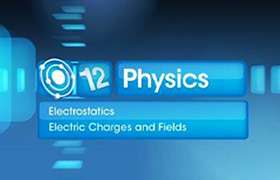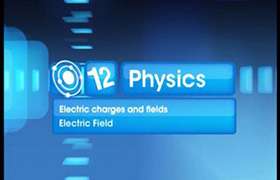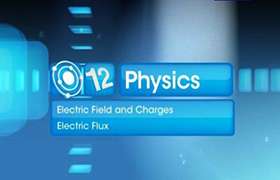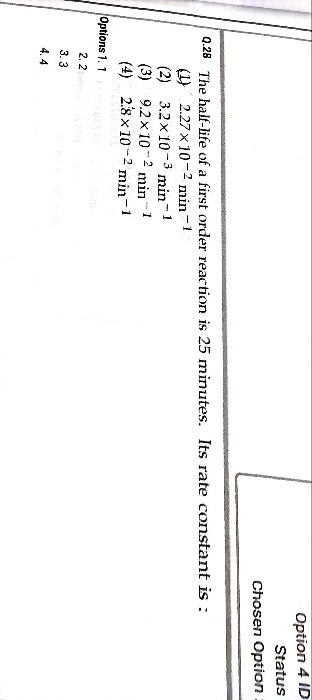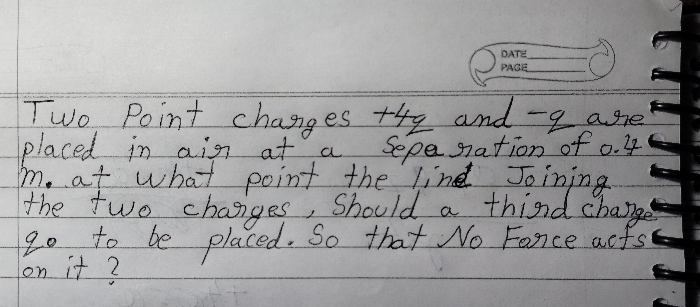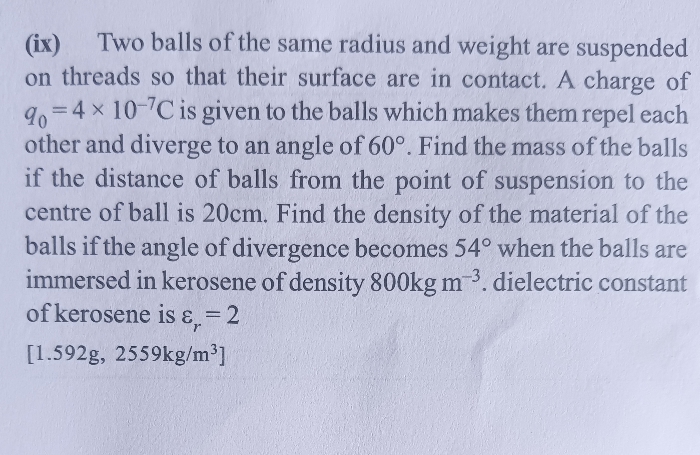CBSE Class 12-science Answered
Gauss theorm: its definition , verificstion and application
Asked by rubyjha6650 | 16 Feb, 2020, 12:59: PM
Gauss theorem states that total electric flux over a closed surface equals the charge enclosed by the closed surface
divided by permitivity of the enclosed medium. Mathematically it is stated as

where E is electric field and E•dA is the electric flux passing through area dA , q is the enclosed charge and
ε is the permitivity of enclosed medium
verification :-
Let us assume a charge +q is at centre of an sphere of radius R.
Electric field at P = q / [ 4πεo R2 ]
Due to spherical symmetry, electric field will be same at any point on the surface of sphere.
Hence electrcic flux over the closed surface of sphere is obtained as

Hence gauss theorem is verified
---------------------------------------------------------------
Application
Gauss theorem is used to get electric field when electric field is uniform over the closed surface
so that surface integration is performed easily.
Let us consider an infinite rod having linear charge density ( charge per unit length ) λ.
Due to its infinite length, electric field near the rod will be uniform and direction of the field is normal to the rod.
let us consider an imaginary cylinder of radius r and length l is surrounded part of the rod length l.
Let us assume the cylinder is symmetrically placed with respect to rod as shown in figure.
By Gauss law, total flux over the closed surface of cylinder = E × ( 2πr l ) = λl / εo
Hence electric field near rod of infinite length , E = λ / [ (2πr) εo ]
Answered by Thiyagarajan K | 16 Feb, 2020, 09:46: PM
Concept Videos
CBSE 12-science - Physics
Asked by dasrituparna1999 | 13 Apr, 2024, 06:56: AM
CBSE 12-science - Physics
Asked by dasrituparna1999 | 12 Apr, 2024, 09:26: PM
CBSE 12-science - Physics
Asked by mishrigupta19319 | 08 Apr, 2024, 06:28: PM
CBSE 12-science - Physics
Asked by madhav9119887644 | 07 Apr, 2024, 08:10: PM
CBSE 12-science - Physics
Asked by mishrigupta19319 | 07 Apr, 2024, 11:23: AM
CBSE 12-science - Physics
Asked by adityagalar2007 | 06 Apr, 2024, 01:06: PM
CBSE 12-science - Physics
Asked by amlanmcob | 06 Apr, 2024, 12:27: PM
CBSE 12-science - Physics
Asked by hussain221man | 05 Apr, 2024, 08:44: PM
CBSE 12-science - Physics
Asked by mishrigupta19319 | 05 Apr, 2024, 12:01: PM
CBSE 12-science - Physics
Asked by manishamunda787 | 02 Apr, 2024, 11:07: AM

